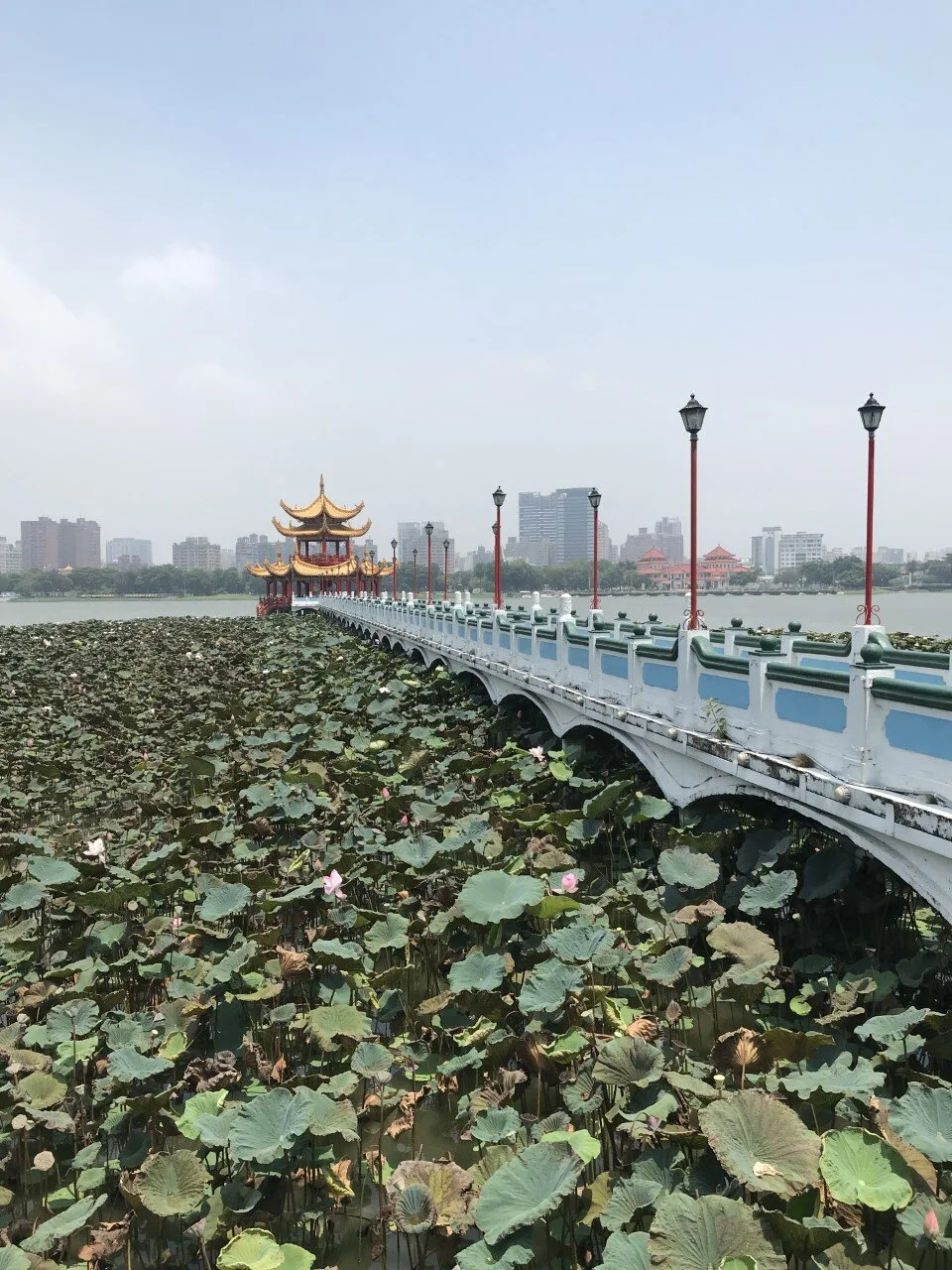Comparing Canada and Taiwan: My Two-Week Universal Healthcare Immersion
Sarah Williams
This past May, I had the opportunity to travel to Taiwan with 7 other McGill students through the Comparative Healthcare Systems Program (CHSP). The CHSP is an exchange program that was founded in 2009 by McGill students and provides participants with an immersion in global and public health. We spent 2 weeks touring hospitals, clinics, schools, and cultural sites learning as much as we could about the Taiwanese healthcare system and culture. We also had the opportunity to share our own Canadian culture and knowledge of our healthcare system with medical students, high school students, and healthcare professionals.
During the exchange program, one experience at a rural hospital in Pingtung County, Taiwan resonated with me more than others. I listened intently as a nurse there detailed the challenges her team faces daily when providing care to their population. Many of their patients are elderly, Indigenous, and living remotely in the surrounding mountains. The young people have moved away to bigger cities for employment and educational opportunities, leaving their older family members behind in their ancestral homes. These elderly patients are dependent on their neighbors and the hospitals healthcare team who make weekly visits, traveling for 8 or more hours, to provide services and care to those in need. In the case of an emergency, ambulances are often unable to reach them – the mountainous roads are too dangerous to navigate at night or in bad weather conditions.
While the climate is significantly warmer, I often found myself drawing parallels between the rural populations in Taiwan to those living in rural and remote parts of Canada, especially the Northern Territories and parts of Ontario, Quebec, and Labrador. I was intrigued to learn that many of the main healthcare challenges in Taiwan mirrored those that we have in Canada. Like Canada, Taiwan has an aging population which brings about population-level increases in chronic diseases, cancer, and dementia, to name a few. Taiwan also has a significant portion of its population residing in rural areas, many of whom are Indigenous peoples.
What sets Taiwan apart from many other countries, including Canada, is their National Health Insurance (NHI). The NHI provides universal coverage to 99.9% of the population, which is a rightful source of national pride. NHI coverage includes outpatient and inpatient care, prescription medications, dental care, physical and massage therapy, and even traditional Chinese medicine. Patients are free to choose which hospitals to go to and physicians they want to see without needing referrals, making care easily accessible and wait times nearly non-existent.
On the contrary, we learned that this easy access can lead to overuse and misuse of the healthcare system, as well as a near elimination of the need for family physicians. The impression that was given of family physicians in Taiwan was less of gatekeeper directing individuals to the correct services and more of a barrier preventing individuals from accessing care. In Canada, family physicians are recognized as not only gatekeepers for more comprehensive healthcare services, but as frontline experts in preventative care, chronic disease management, and all other facets of primary care. National efforts are also in place to reduce the number of unnecessary tests and treatments taking place in Canada (for example, Choosing Wisely). Whereas Taiwan has prioritized unrestricted access to healthcare for all through the NHI, Canada has focused more on reducing costs from healthcare system overuse.
The short time that I spent in Taiwan allowed me to gain a better understanding of not just the Taiwanese healthcare system, but also our Canadian system and universal healthcare overall. Our countries, along with many others, have the common goal of providing equitable access and high-quality healthcare for all, but we all face challenges in doing so. This exchange highlighted to me the potential that global health collaboration can have in reaching these goals. Countries such as Canada and Taiwan can learn from one another and use that knowledge to positively impact the health of not only their own people but the health of all people globally.
About the author
Sarah Williams is a recent graduate of McGill’s Master of Science in Public Health program. She is interested in accessibility of health care, social determinants of health, and child health and development. She currently works at the Janeway Pediatric Research Unit in St. John’s, NL

